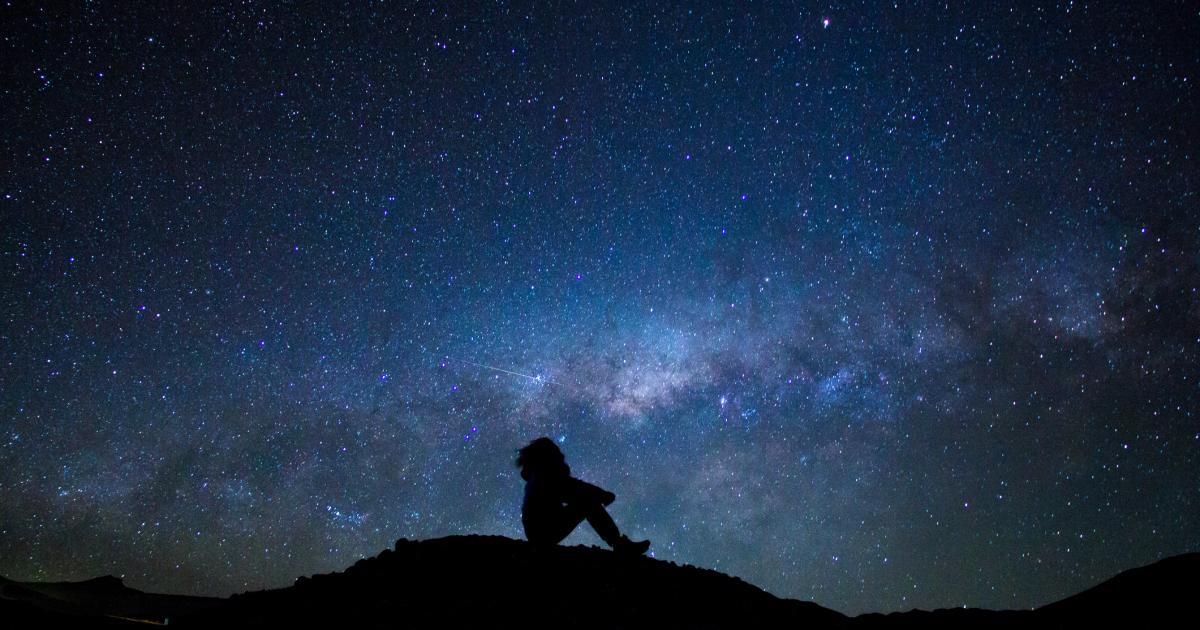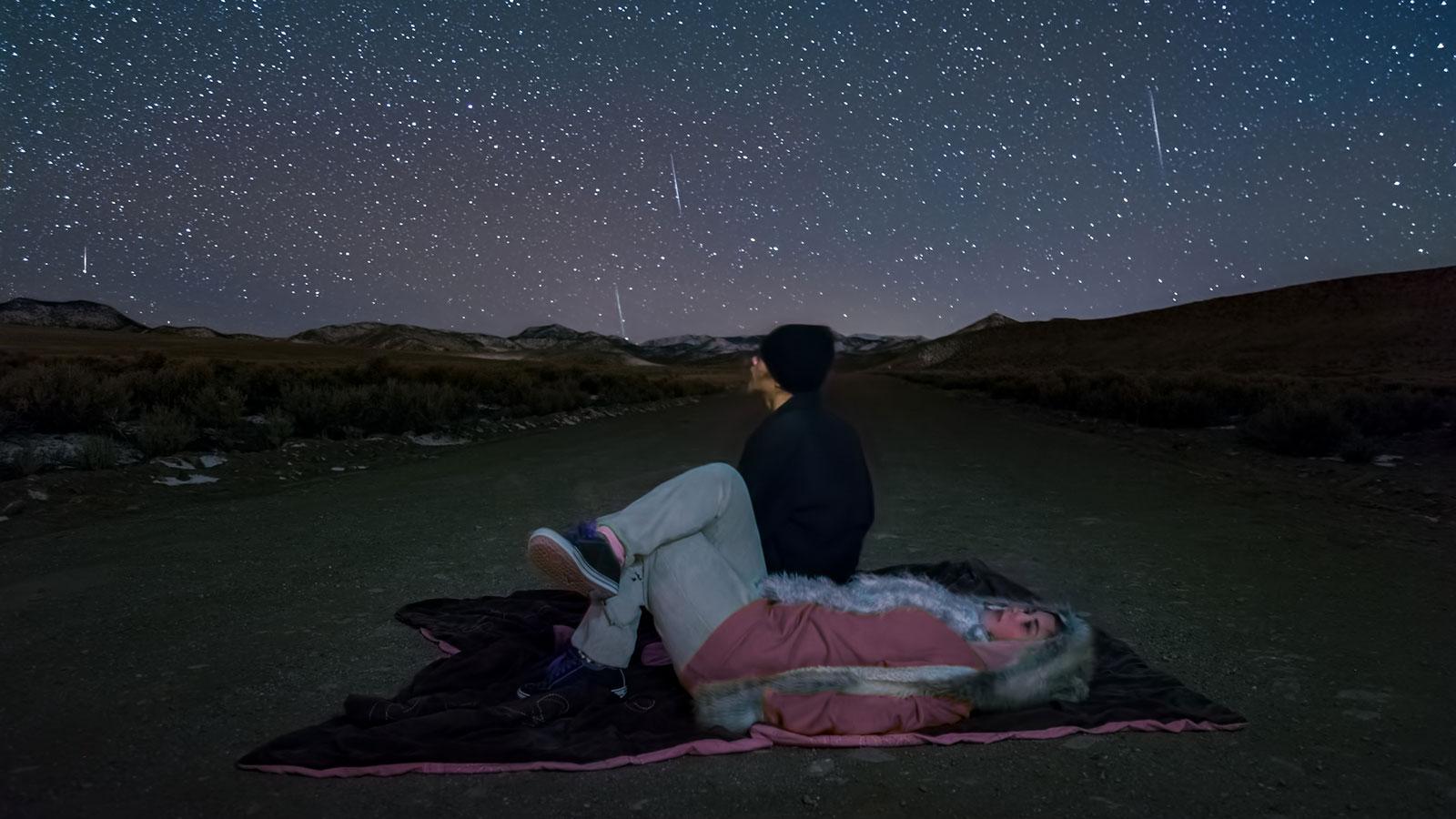Introduction
Meteor showers are one of the most fascinating celestial events that capture the attention and imagination of stargazers worldwide. These mesmerizing displays of shooting stars occur when the Earth passes through a trail of debris left behind by a comet or asteroid. Understanding meteor showers and knowing when and where to watch them can greatly enhance your chances of witnessing this awe-inspiring phenomenon.
What are Meteor Showers?
Meteor showers are celestial events that occur when the Earth passes through a trail of debris left behind by a comet or asteroid. As these tiny particles enter the Earth’s atmosphere, they burn up, creating streaks of light in the night sky. Meteor showers are a fascinating spectacle that captivates both amateur and professional astronomers alike.
When do Meteor Showers Occur?
Meteor showers occur at specific times throughout the year, and their frequency varies. Some meteor showers are annual events, while others are sporadic or occur only once in a lifetime. The most well-known and reliable meteor shower is the Perseids, which takes place every year in August.
Annual Meteor Showers
Annual meteor showers are predictable events that occur at the same time each year. They are associated with specific comets or asteroids, and their debris trails intersect with Earth’s orbit. Some popular annual meteor showers include:
Perseids
The Perseids meteor shower occurs from late July to mid-August. It is one of the most anticipated meteor showers, known for its high meteor count and bright fireballs. The best time to observe the Perseids is during the pre-dawn hours.
Leonids
The Leonids meteor shower occurs in mid-November and is associated with the comet Tempel-Tuttle. Although it produces fewer meteors compared to the Perseids, it is known for its occasional meteor storms, where thousands of meteors can be seen per hour.
Geminids
The Geminids meteor shower is unique as it originates from an asteroid called 3200 Phaethon. It occurs in mid-December and is known for its bright and colorful meteors. The Geminids are often regarded as one of the best meteor showers of the year.
Sporadic Meteor Showers
Sporadic meteor showers are not associated with any specific comet or asteroid. They occur randomly throughout the year and are caused by debris from various sources, such as disintegrating comets or collisions between asteroids.
Summary

Watching a meteor shower can be a truly magical experience, but it requires some planning and knowledge about the best time and location to observe these celestial fireworks. Meteor showers occur at specific times throughout the year, and their intensity can vary. By understanding the science behind meteor showers and staying informed about upcoming events, you can maximize your chances of witnessing a spectacular display of shooting stars. This blog post will guide you through the basics of meteor showers, including their origins, the best times to watch, and the ideal locations for observation. So, get ready to gaze at the night sky and prepare to be amazed by the wond her explanation ers of meteor showers!
- Q: What are meteor showers?
- A: Meteor showers are celestial events where a large number of meteors can be observed radiating from a specific point in the night sky.
- Q: When do meteor showers occur?
- A: Meteor showers occur when the Earth passes through the debris left behind by a comet or asteroid, causing the particles to burn up in our atmosphere.
- Q: How often do meteor showers happen?
- A: Meteor showers occur regularly throughout the year, but some are more prominent and predictable than others.
- Q: Where is the best place to watch meteor showers?
- A: The best place to watch meteor showers is away from city lights, in a location with a clear and unobstructed view of the night sky.
- Q: Can meteor showers be seen with the naked eye?
- A: Yes, most meteor showers can be seen with the naked eye, although using binoculars or a telescope can enhance the viewing experience.
- Q: How can I find out when and where a meteor shower will occur?
- A: There are various websites and apps available that provide information on upcoming meteor showers, including the date, time, and location in the sky.
- Q: Are there any specific precautions to take while watching meteor showers?
- A: It is recommended to dress warmly, bring a blanket or chair for comfort, and give your eyes some time to adjust to the darkness for optimal viewing.
- Q: What is the best time to watch meteor showers?
- A: The best time to watch meteor showers is usually during the pre-dawn hours when the sky is darkest and the shower’s radiant point is higher in the sky.

Hello wanderers, adventurers, and lovers of the great outdoors! I’m Anthony Coughlan, the heart and soul behind TerraWonders. If you’ve found your way here, it’s probably because you, like me, have an undying passion for travel, a penchant for luxury camping, or an affinity for embracing nature without compromising on comfort.

